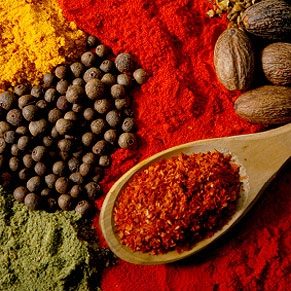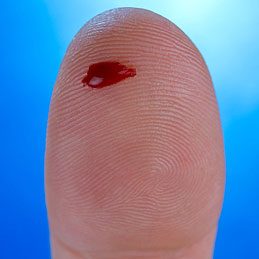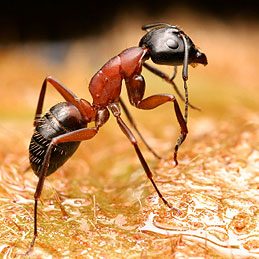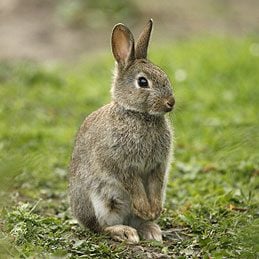
Fun Facts About Spices
Before we get to some fun facts about spices, you should know they are made from the bark, fruit, seed, stem, or root of a plant, while herbs are made from plant’s leaves.

Fun Facts About Spices: Make a Hair Tonic
A fun fact that can spice up your hair care regimen with a homemade tonic that will enhance your natural colour and impart shine. For dark hair, use 1 tablespoon crumbled sage or 1 sprig chopped fresh rosemary or a mixture of 1 teaspoon allspice, 1 teaspoon ground cinnamon, and ½ teaspoon ground cloves. For blond hair, use 1 tablespoon chamomile. Pour 1 cup boiling water over the herb and spice mix, let it steep for 30 minutes, strain it through a coffee filter, and let it cool. Pour it repeatedly over your hair (use a dishpan to catch the runoff) as a final rinse after shampooing.

The Scoop on Seasonings: Treat Minor Cuts
Here’s the inside scoop on your extra seasonings: If you nick your finger while chopping vegetables for dinner, you may not even need to leave the kitchen for first aid. Alum, the old-fashioned pickling salt at the back of your spice cupboard, is an astringent. In a pinch, sprinkle some on a minor cut to stanch the flow of blood.

Seasoning Secret: Keep Feet Smelling Sweet
Another great secret about your seasonings: If you use sage only to stuff turkeys, then you’ve been missing out. Sage is great for preventing foot odour because it kills the odour-causing bacteria that grow on your feet in the warm, moist environment inside your shoes. Just crumble a leaf or two into your shoes before you put them on. At the end of the day, just shake the remains into the trash.

It’s a Fact: Bay Leafs Keep Ants at Bay
Flour, sugar, and paprika can all fall prey to ants, in fact many spices can. Keep these cooking essentials safe by slipping a bay leaf inside your storage containers. If you’re concerned about the flour or sugar picking up a bay leaf flavour, tape the leaf to the inside of the canister lid. This trick works inside cabinets, too, where sachets of sage, bay, stick cinnamon, or whole cloves will smell pleasant while discouraging ants.

Peppering Plant-Eating Animals
Hot peppers are, in fact, the basis for many commercial rodent repellents. Chop up the hottest pepper you can find (habanero is best) and combine it with 1 tablespoon ground cayenne pepper and ½ gallon (2 liters) water. Boil the mix for 15-20 minutes, then let it cool. Strain it through cheesecloth, add 1 tablespoon dishwashing liquid, and pour it into a spray bottle. Spray vulnerable plants liberally every five days or so. The spray works best for rabbits, chipmunks, and woodchucks, but may also deter deer, especially if used in combination with commercial products.